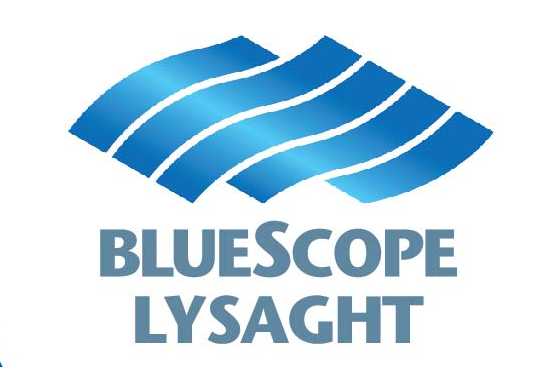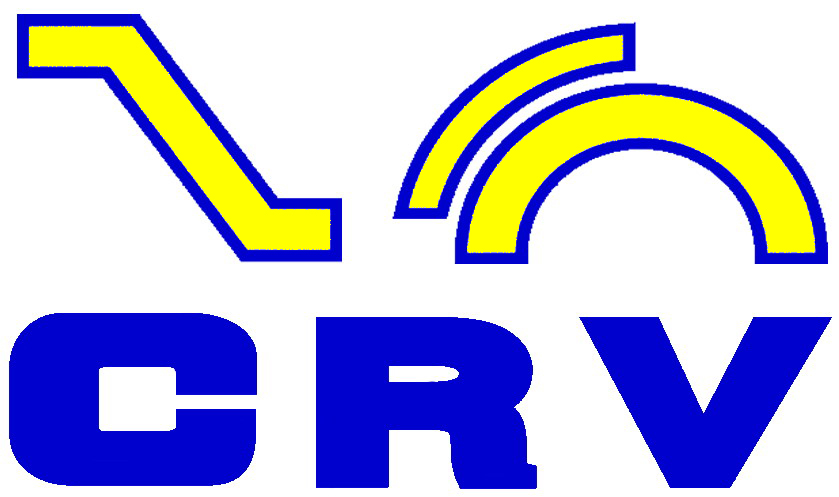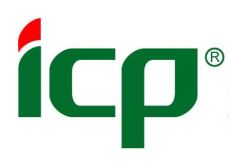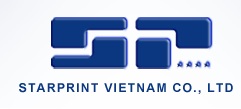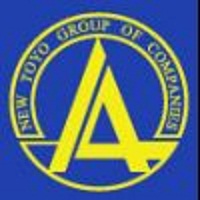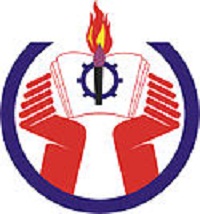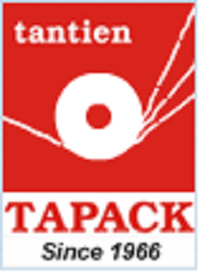
Tài liệu Bảo trì Có kế hoạch Planned Maintenance
PM Step 1: Evaluate Equipment & Understand the Situation
Bảo trì có kế hoạch PM Planned Maintenance là một nội dung của bảo trì năng suất toàn diện TPM. Bảo trì có kế hoạch Planned Maintenance PM triển khai cho phòng bảo trì của công ty.
- - Bảo trì có kế hoạch PM có 6 bước.
- Bảo trì có kế hoạch PM bước 1: Nhận biết/Hiểu hiện trạng
Step 1 Overview
Purpose:
The purpose of PM step 1 is to evaluate equipment and understand the situation.
Why:
So that maintenance goals can be established, priority equipment selected and action plans created to develop organization capability and eliminate identified losses that will deliver the business goals.
Key Components:
- Establish an equipment log system that will become the foundation data collection system for all the PM activities and future analysis.
- Evaluate the equipment systems and select priority equipment for planned maintenance focus to deliver the Compelling Business Need.
- Develop standards that define breakdowns, minor stops and process failures.
- Set a base line for key downtime losses and maintenance costs and set three year goals.
- Prepare a 3 to 5 year PM pillar plan that delivers the goals using the six steps of Planned Maintenance Pillar implementation.
Step 1 Measures & Audit
There are no measures specifically linked to step 1. However, this step does establish initial goals for PM Pillar activities executed by line organizations. Table 6 in Chapter 1 of this guidebook provides potential measures for the Pillar as well as goal targets from baseline.
The Step 1 audit is illustrated in Table 1. This audit illustrates the activities that are included in Step 1.
Step 1 Tools & Facilities System
5 S is a focus for this step. Tools and facilities have unnecessary items removed, remaining items organized, cleaned, and maintained according to organization 5 S standards. There is some sort of audit process that assures standards are maintained.
Step 1 Equipment Ranking System
Equipment ranking standards are created. All equipment is evaluated against impact to business results (safety, quality, operability, maintainability - or - P,Q,C,D,S) and priority equipment is identified for planned maintenance system development.
Priority equipment is marked so that everybody on the production floor knows what equipment is priority to the business
Step 1 Planning and Scheduling System
Maintenance methods are categorized in the following way:
Emergency maintenance: Unplanned and unscheduled work
Step 1 Shutdown Maintenance System
This step does not focus on Shutdown Maintenance system improvement. Continue to follow practices.
Step 1 Lubrication Management System
This step does not focus on lubrication system improvement. Continue to follow current practices.
Step 1 Maintenance Cost System
Basic cost information is collected and analyzed. The data is collected in two ways:
1) By type of cost (in-house labor, contracted labor, materials/parts, etc.)
2) By maintenance method (emergency work, breakdown work, preventive maintenance work, Maintenance improvement work)
Three year pillar goals are set using "rule of thumb" indices. Two major areas to set goals in are planned maintenance system effectiveness (breakdown elimination, part life extension, and increased availability) and efficiency (MTTR, labor hours, etc.).
Step 1 Maintenance Management Information System
Equipment logs are established so that activity and improvement histories can be documented.
Equipment Breakdowns are defined and categorized into three levels so that the top two categories can be focused on for failure recurrence prevention activities.
Process Failures and Minor Stops are defined so that measures do not overlap downtime loss tracking and make opportunities very clear. The PM pillar is not responsible for Minor Stop and Process Failure tracking.
Current losses are known (baseline set) and measuring and visible tracking systems are put in place to track loss elimination results and progress to three year goals.
A pillar activity board is created that visually (minimum words) shows goals, losses (breakdown trees) plans, activity schedules, responsibilities, current evaluation of progress, and current problems (i.e. top ten breakdowns) being focused on.
Step 1 Parts & Supplies Control System
Parts and supply storage areas are straightened up and unnecessary parts are discarded. 5S methodology is used to organize the area and assign responsibilities for maintenance of the areas. A focus exists for quick retrieval of parts or supplies.
Step 1 AM Support System
PM pillar team members participate in AM leadership models and use those models to start developing tentative standards in support of AM. They also participate to understand the purpose of each of the PM steps so that their plans can be robust and linked to department needs.
Step 1 Countermeasures to Breakdowns System
Departments start tracking breakdowns and categorizing them into Major, Moderate, and Minor breakdowns. This data is used as input to loss analysis and setting baseline data for goals to be set from.
Step 1 Maintenance Standards & Procedures System
Maintenance responsibilities and roles are defined and staffing is in place to implement the six steps of implementation.
Documented standards are:
- Equipment ranking criteria and process
- Breakdown definition and classification
- Process failure definition
- Minor stop definition
- Equipment logs
------------------------------------------------------
Ông: Nguyễn Đình Cương.
Chuyên viên Tư vấn Lean - TPM, công ty Tư vấn TST VN.



